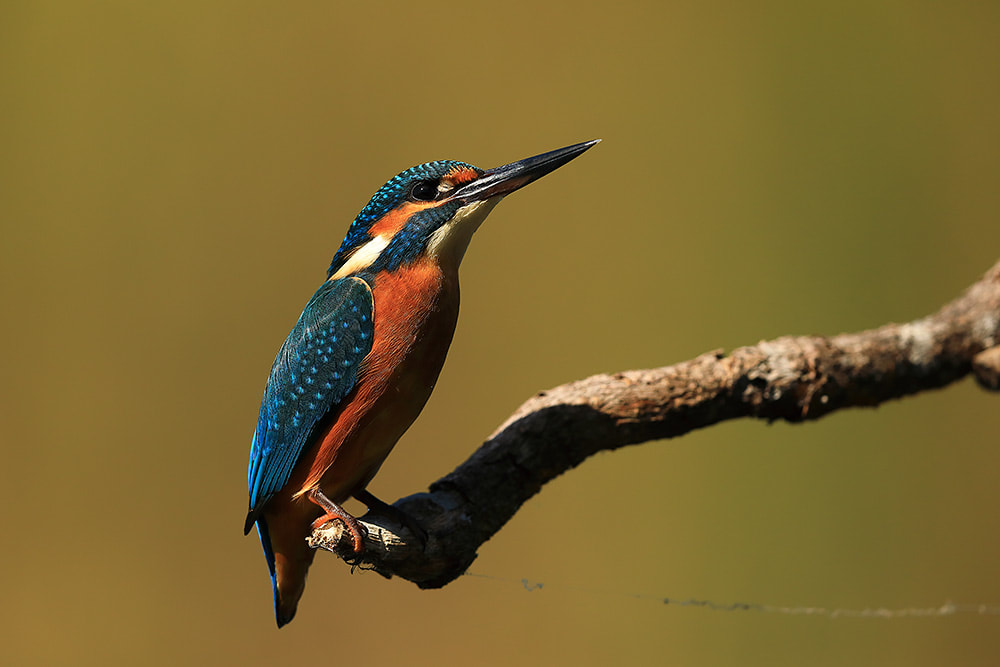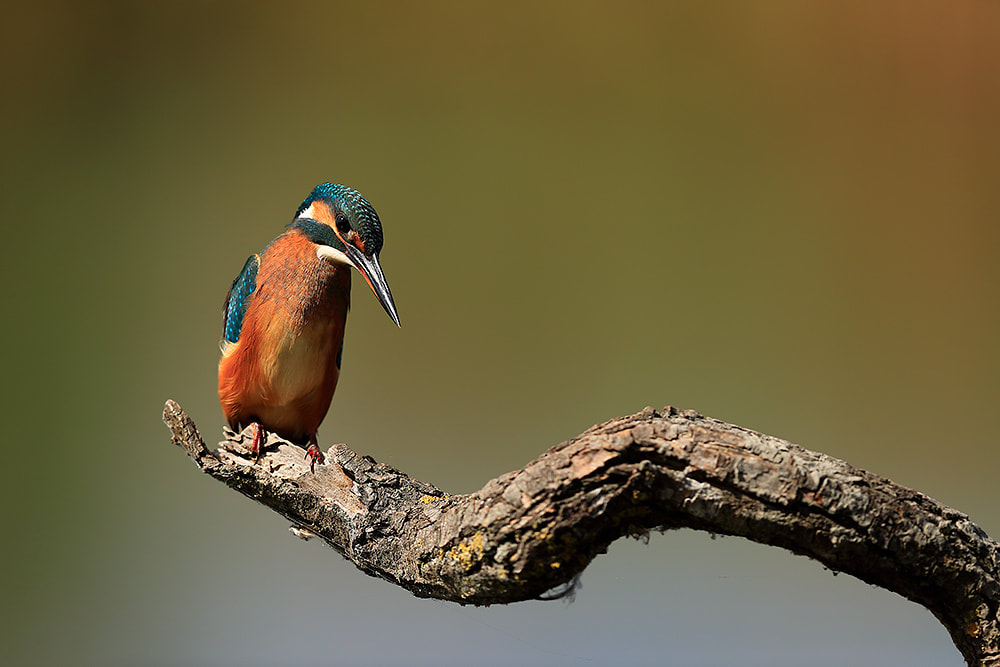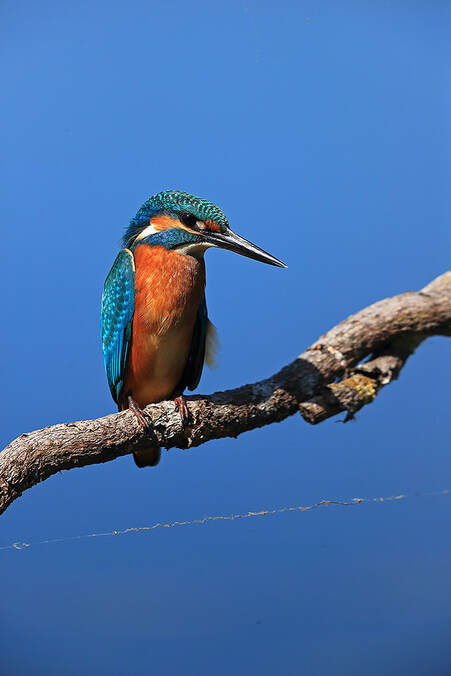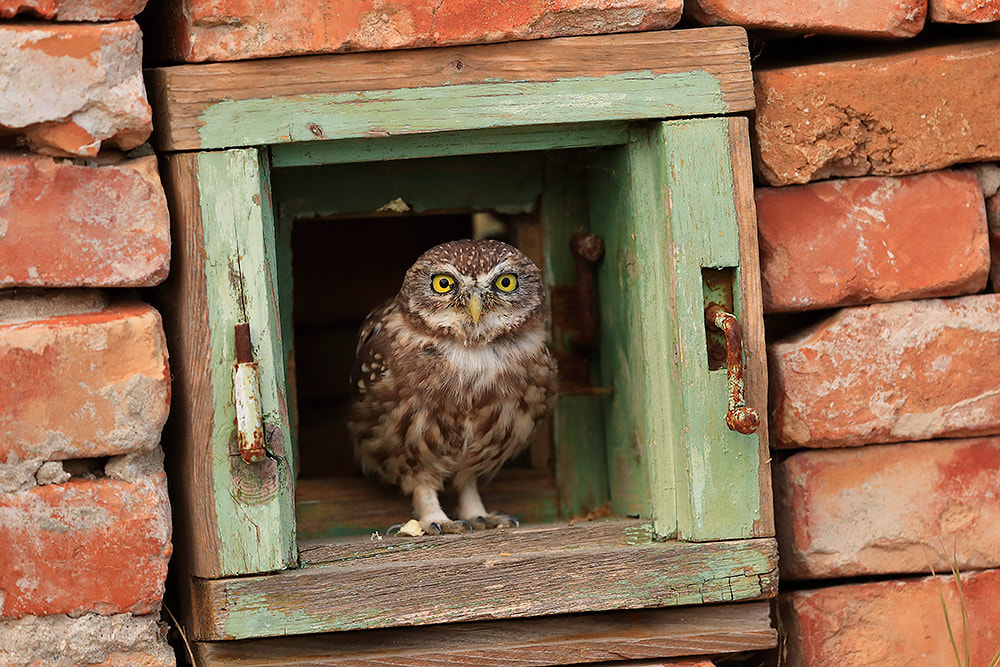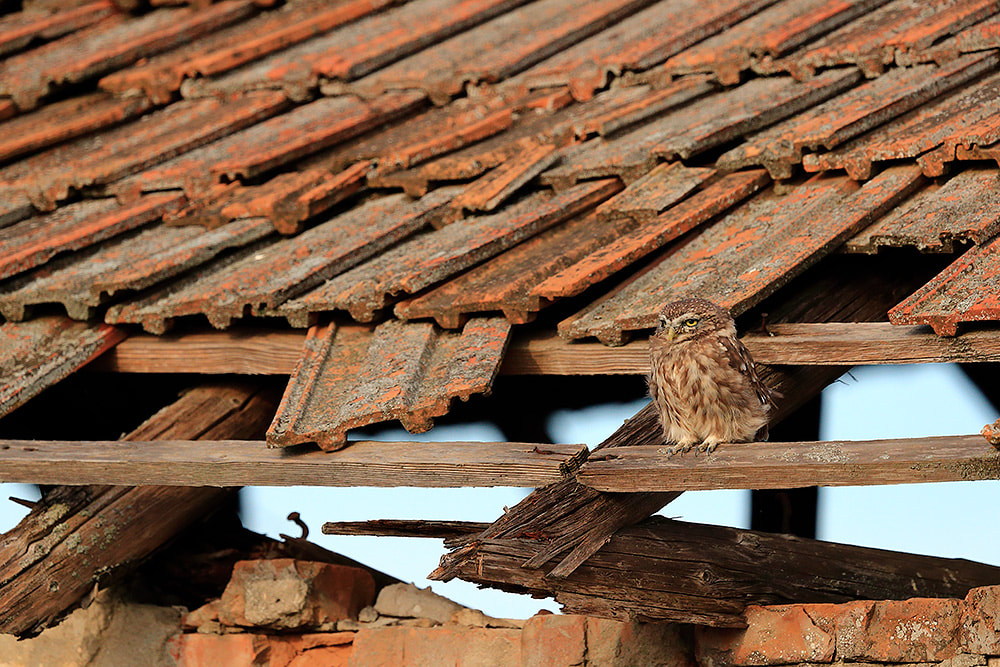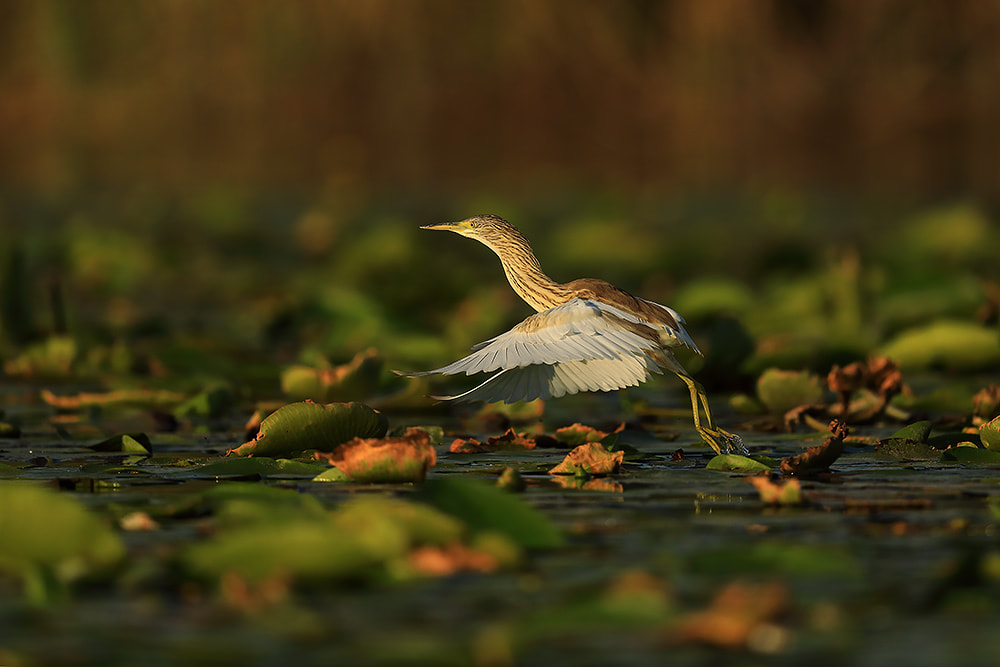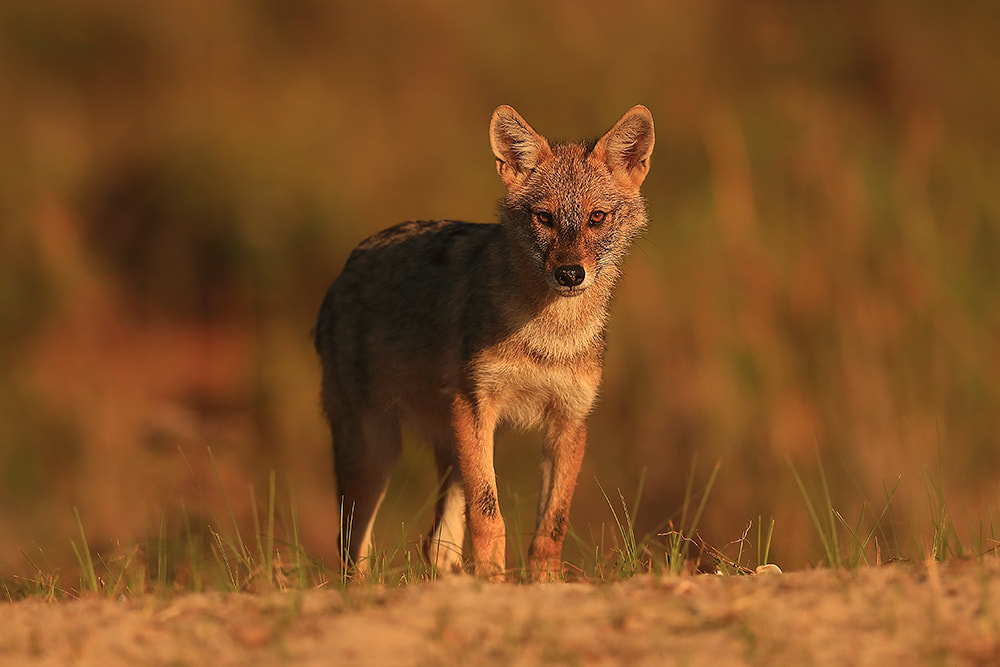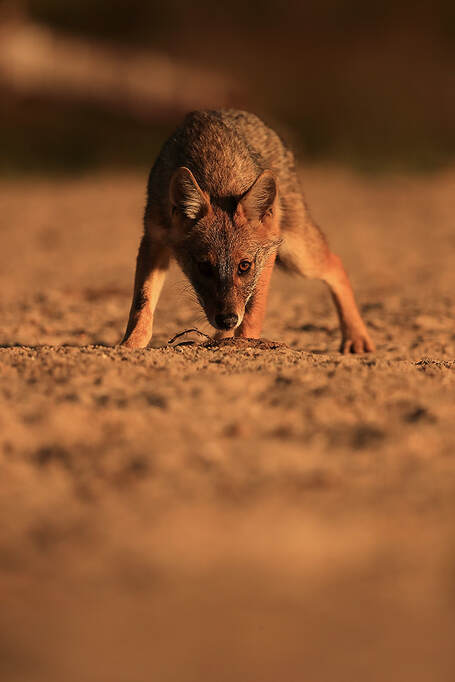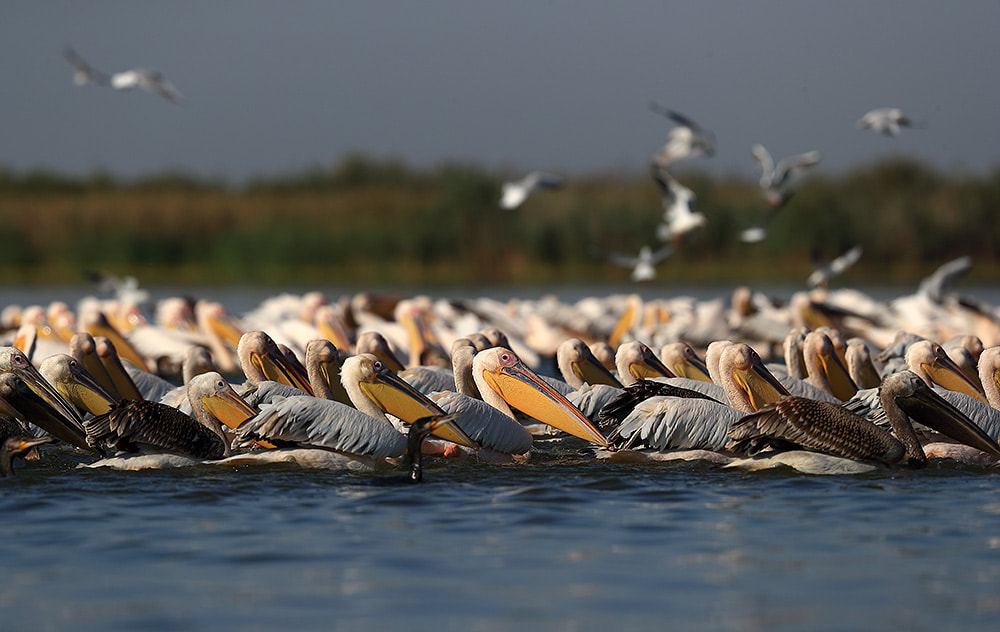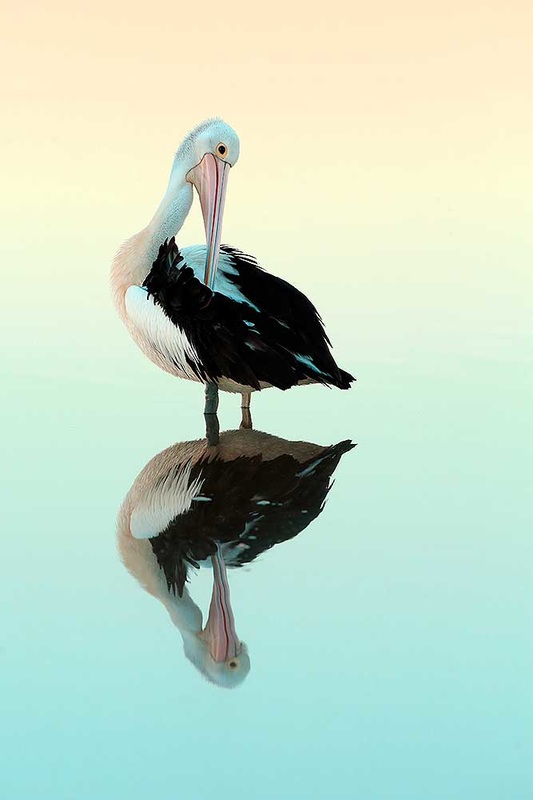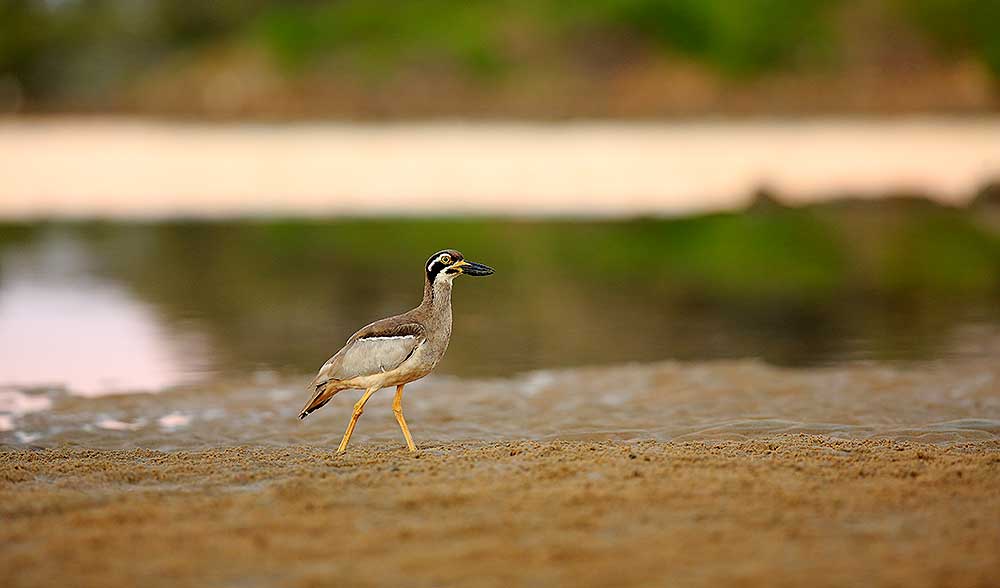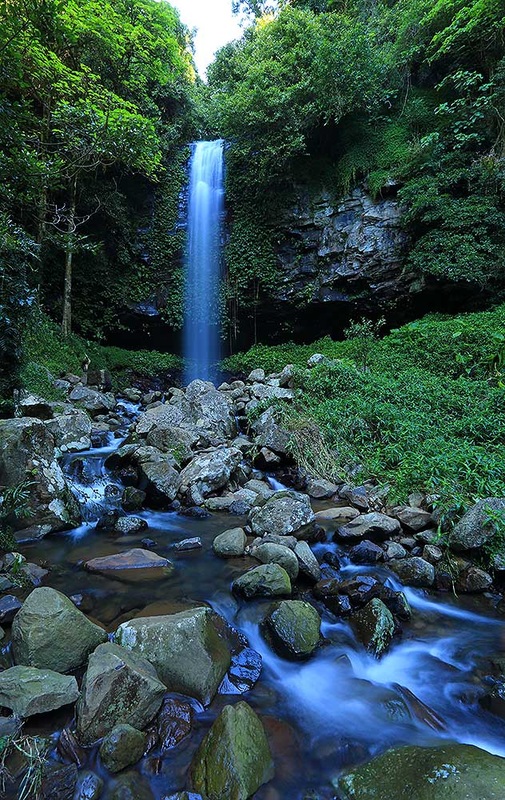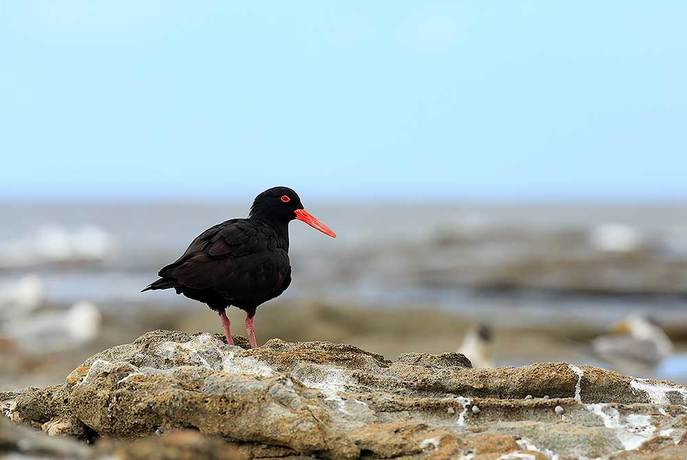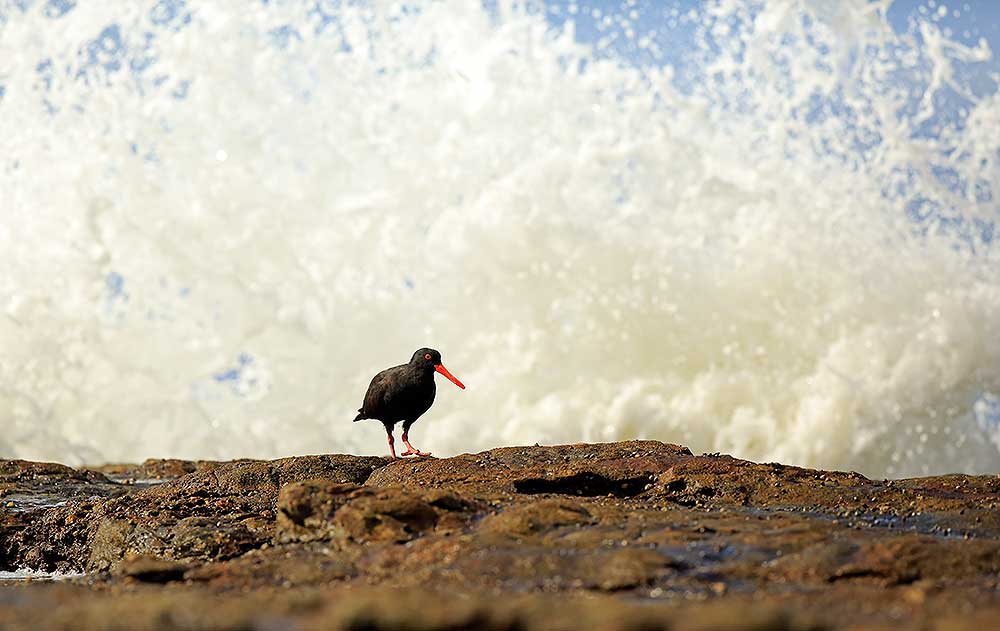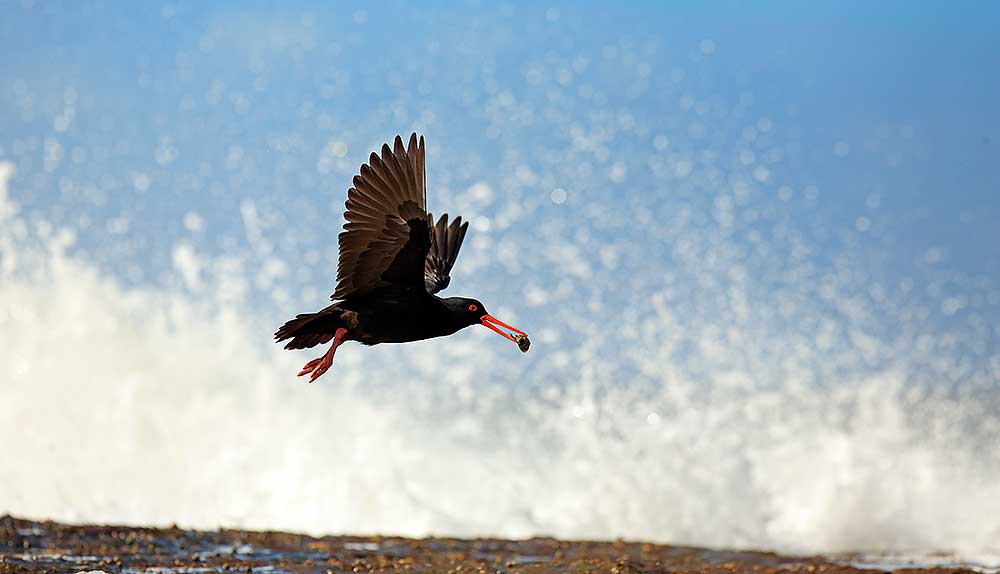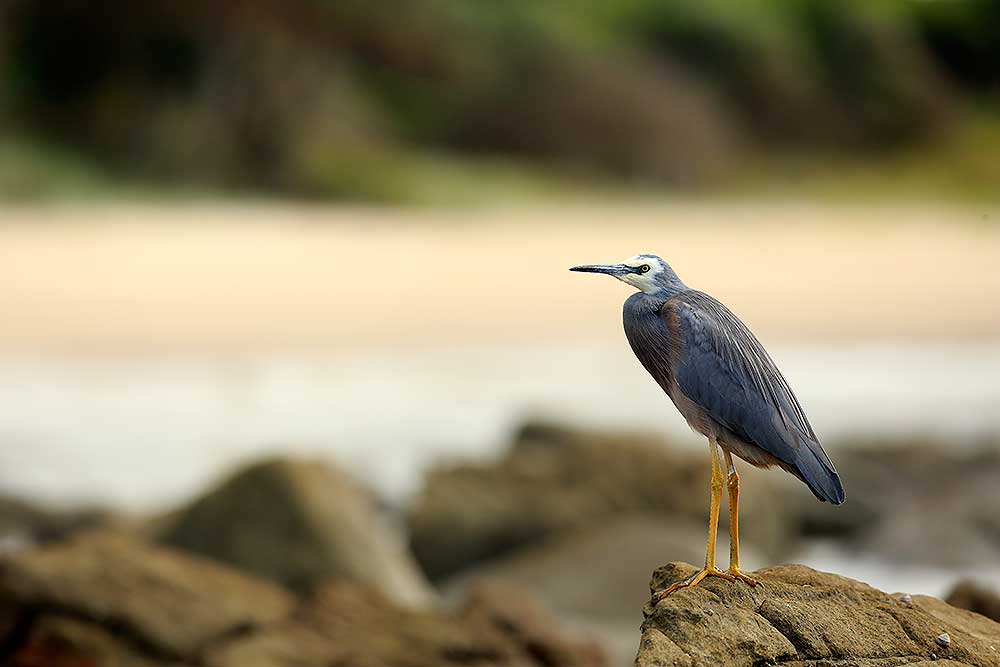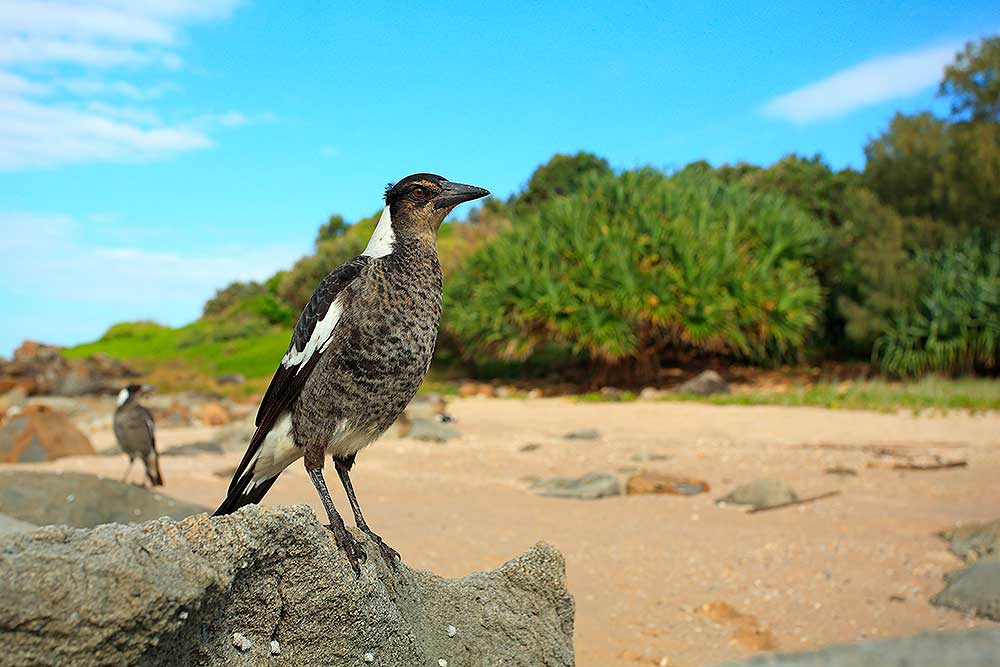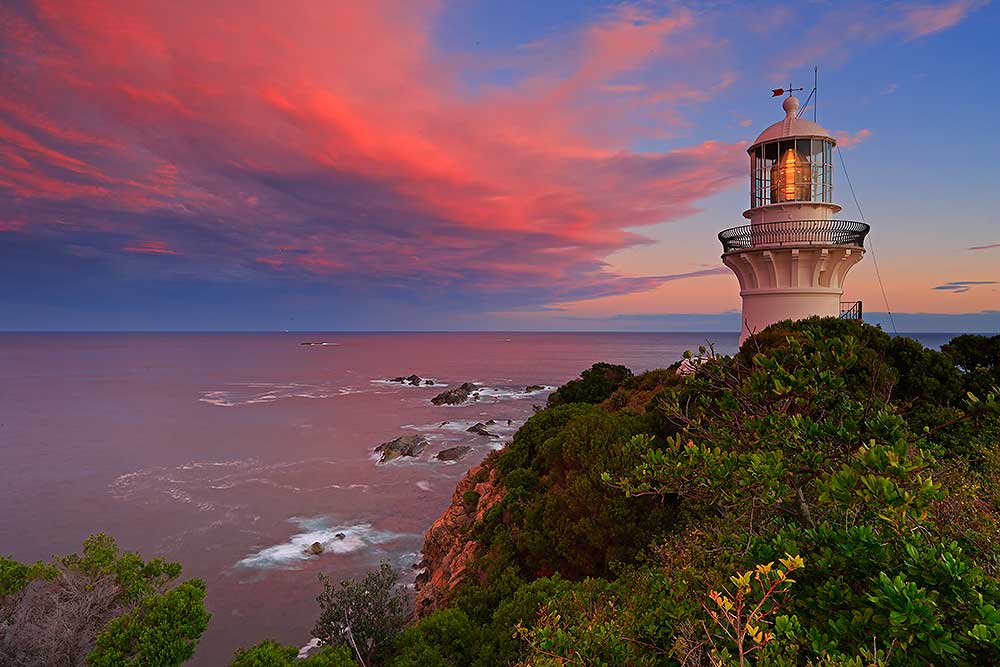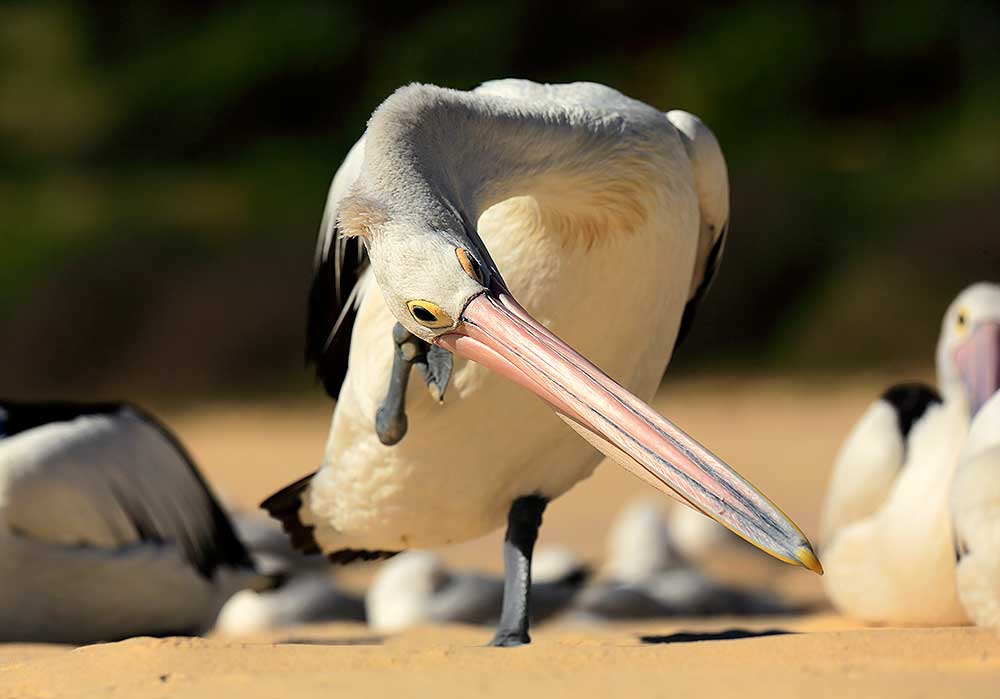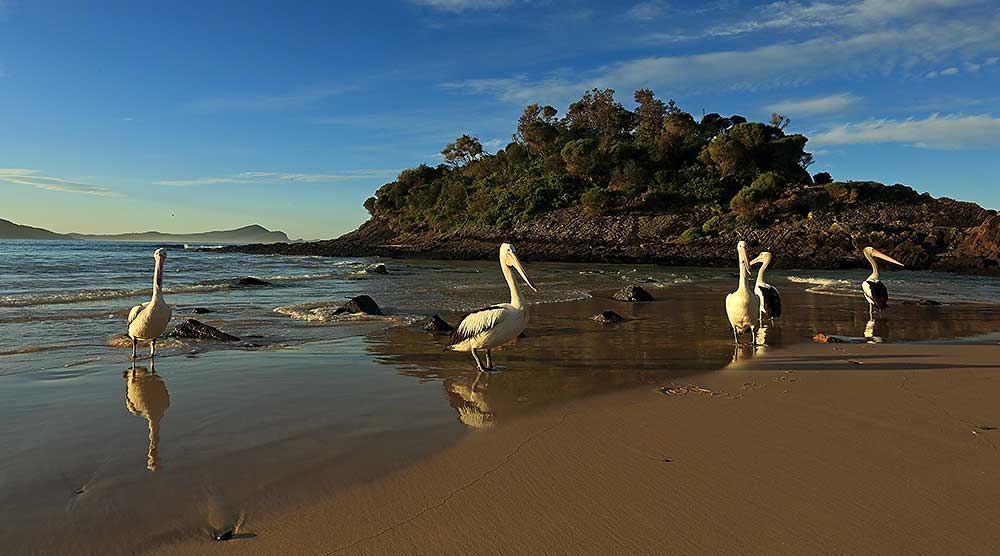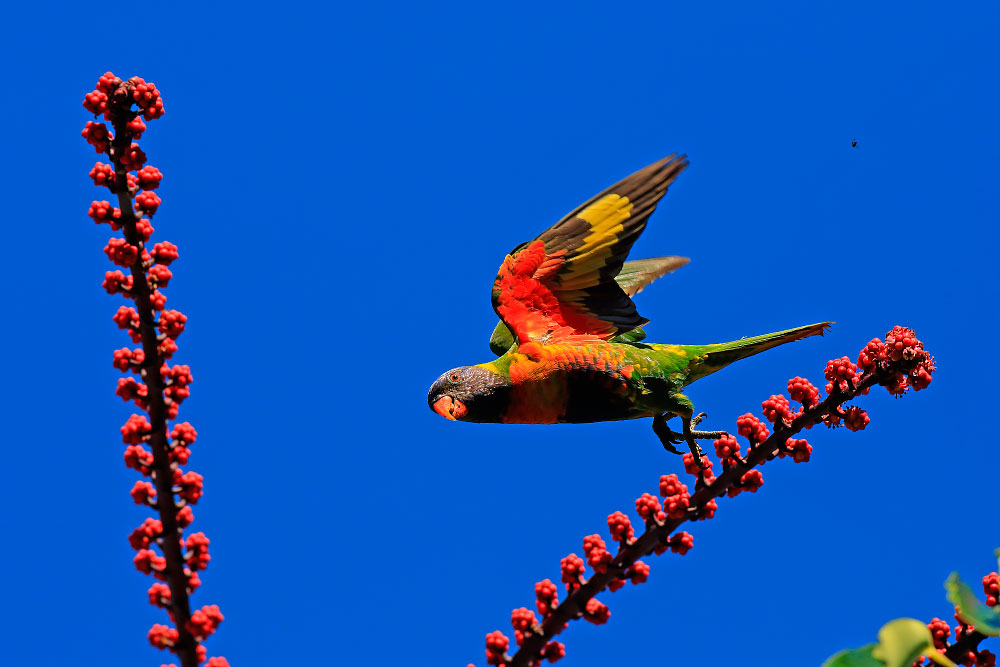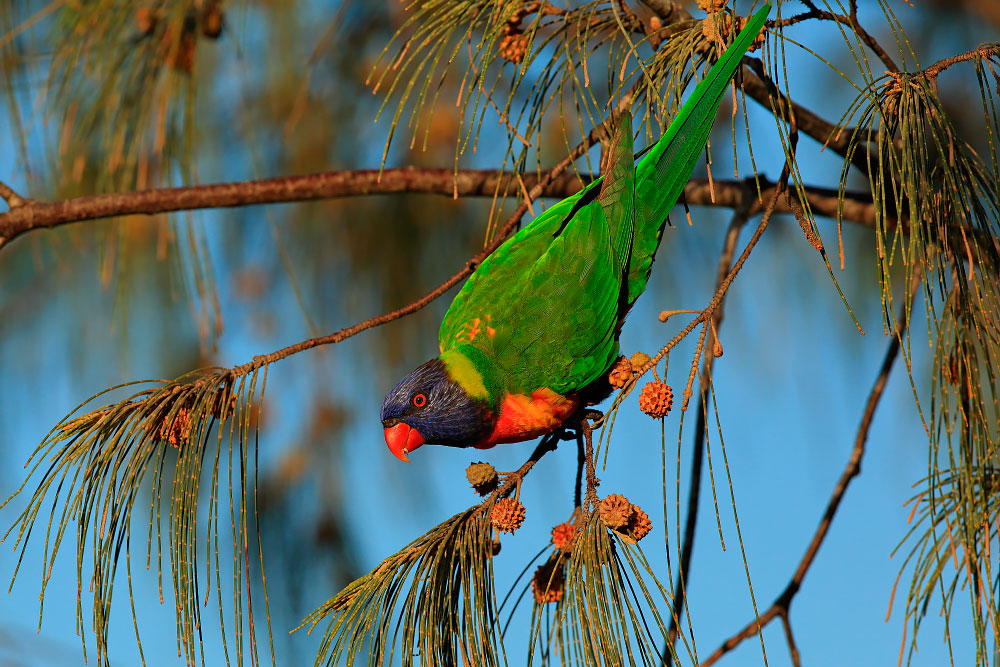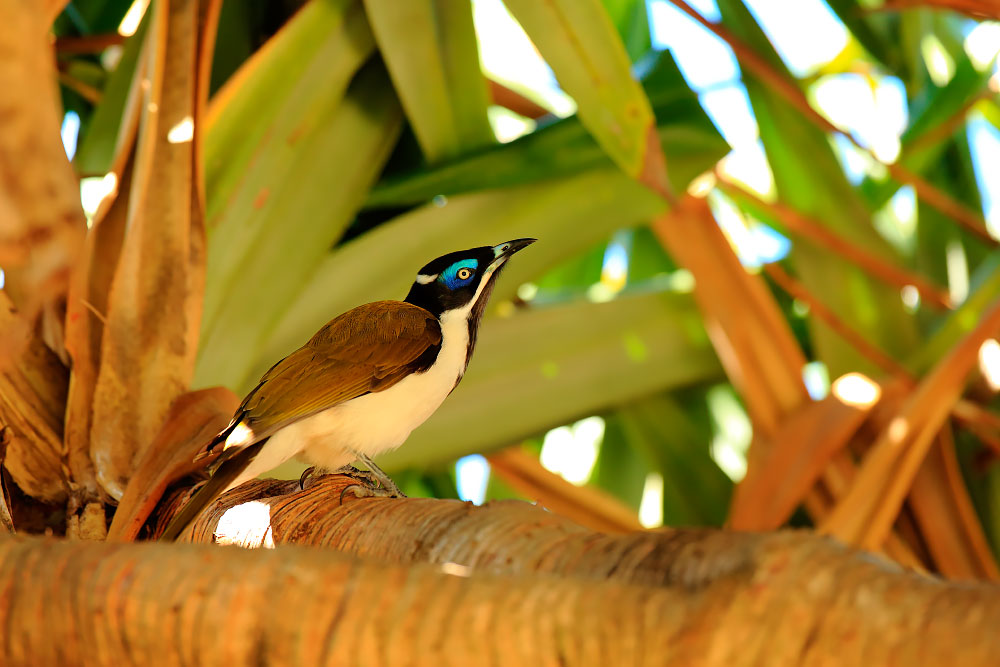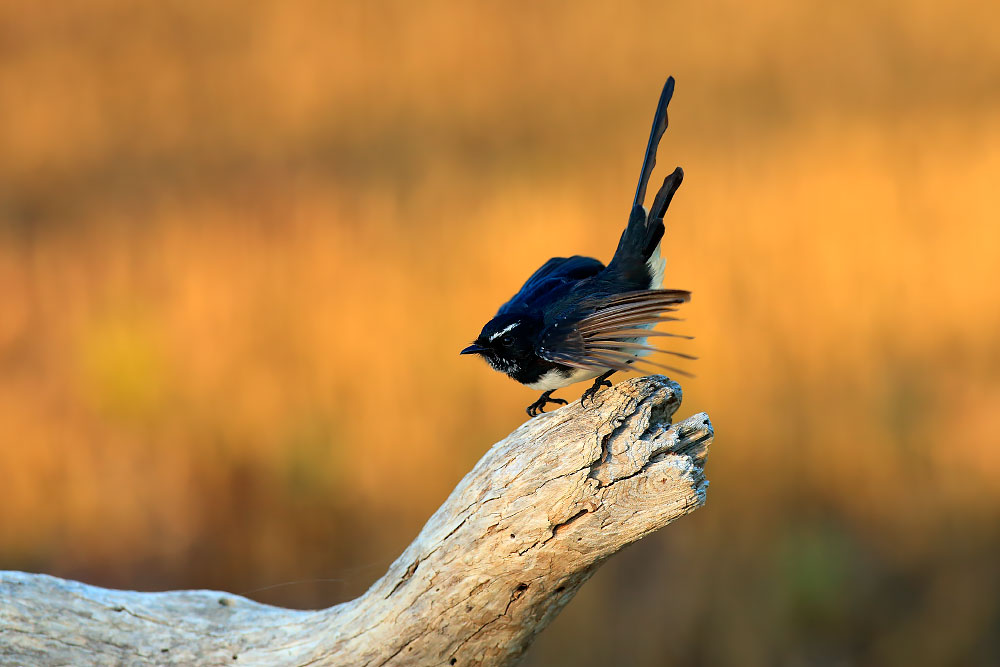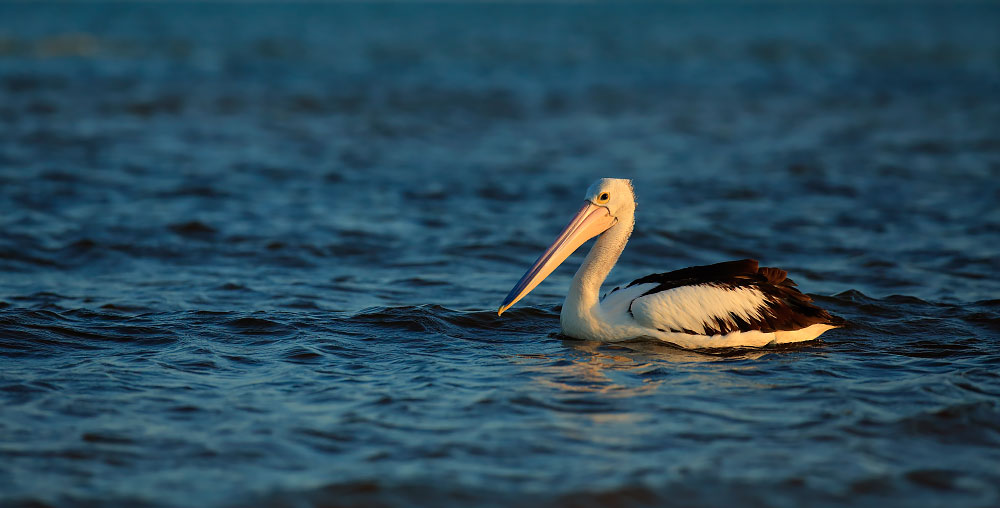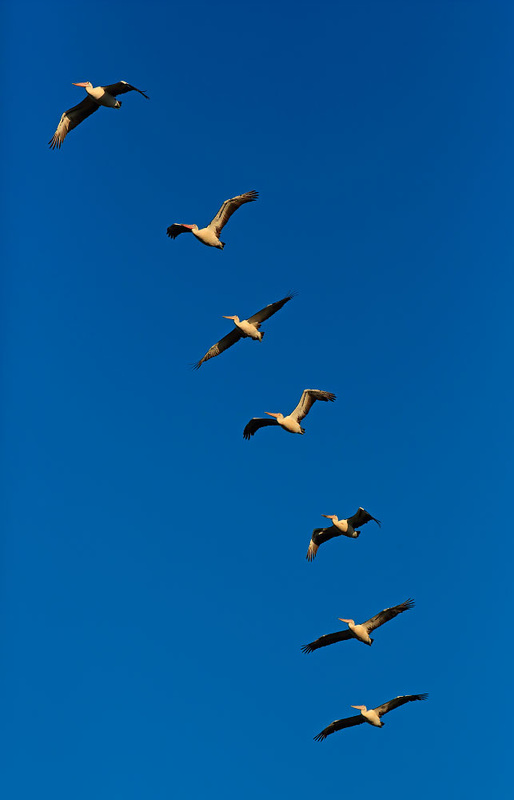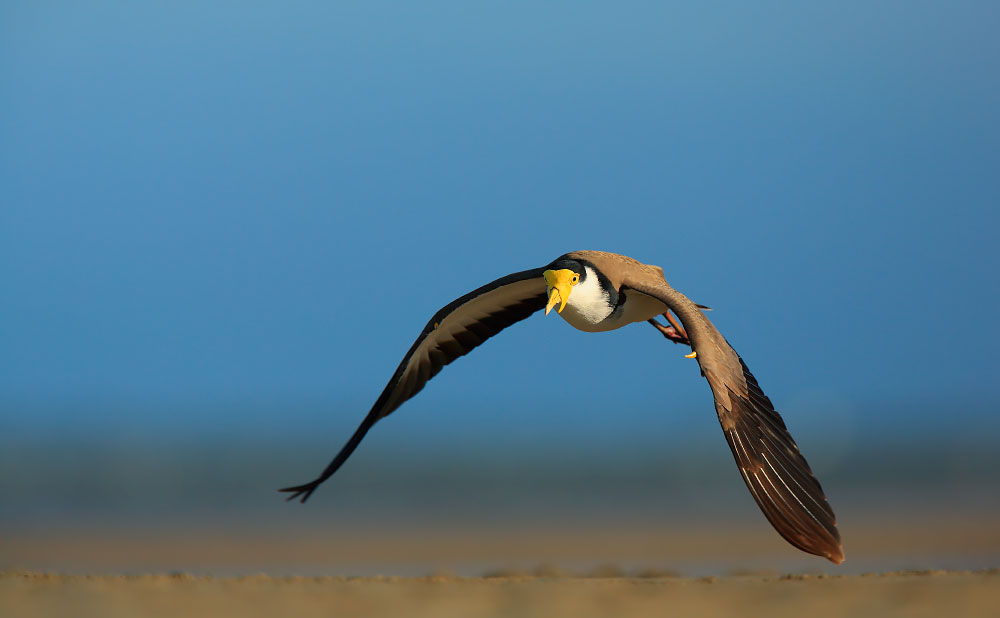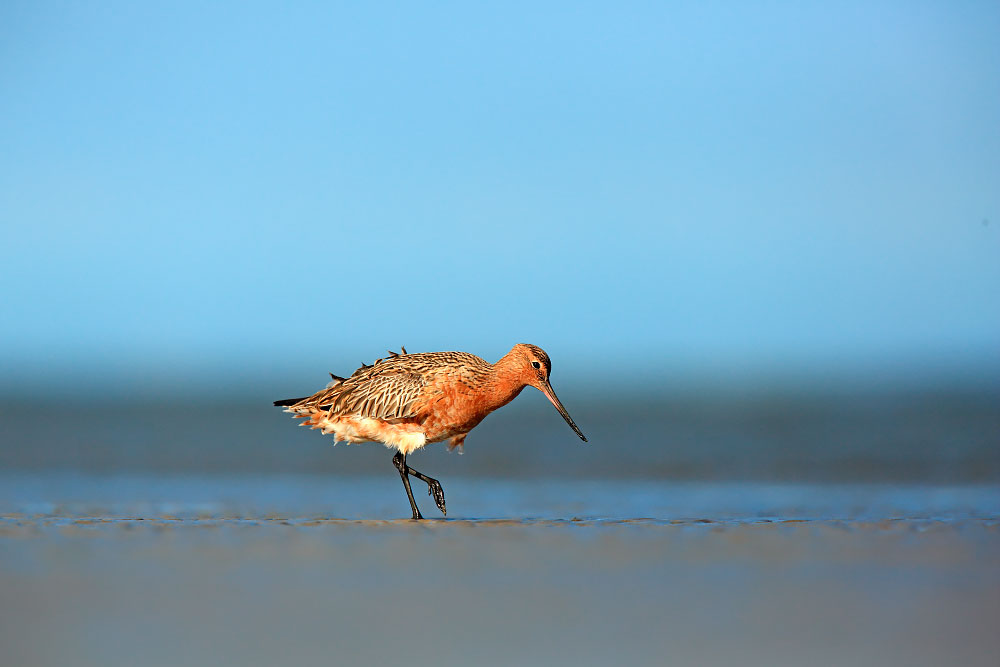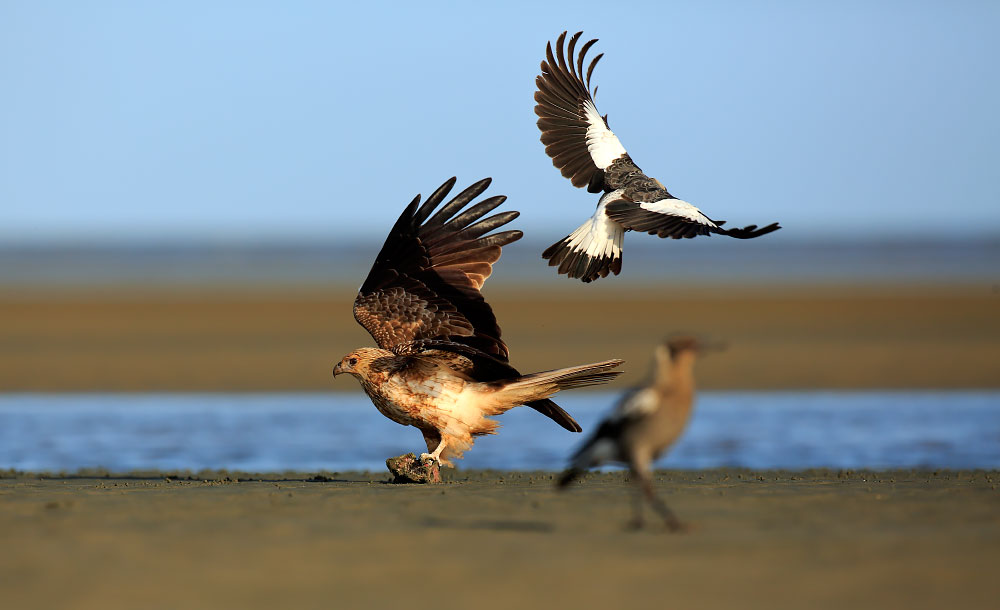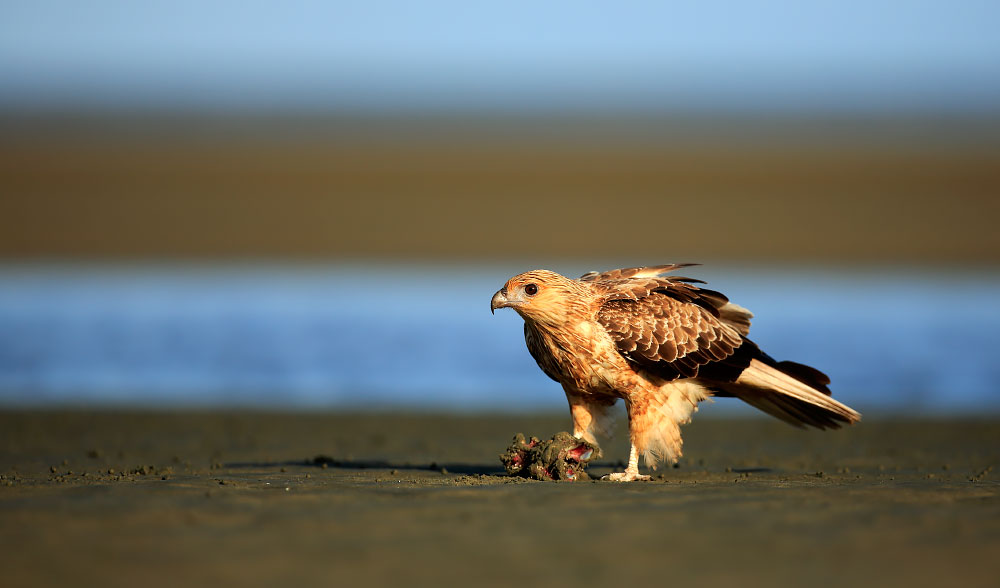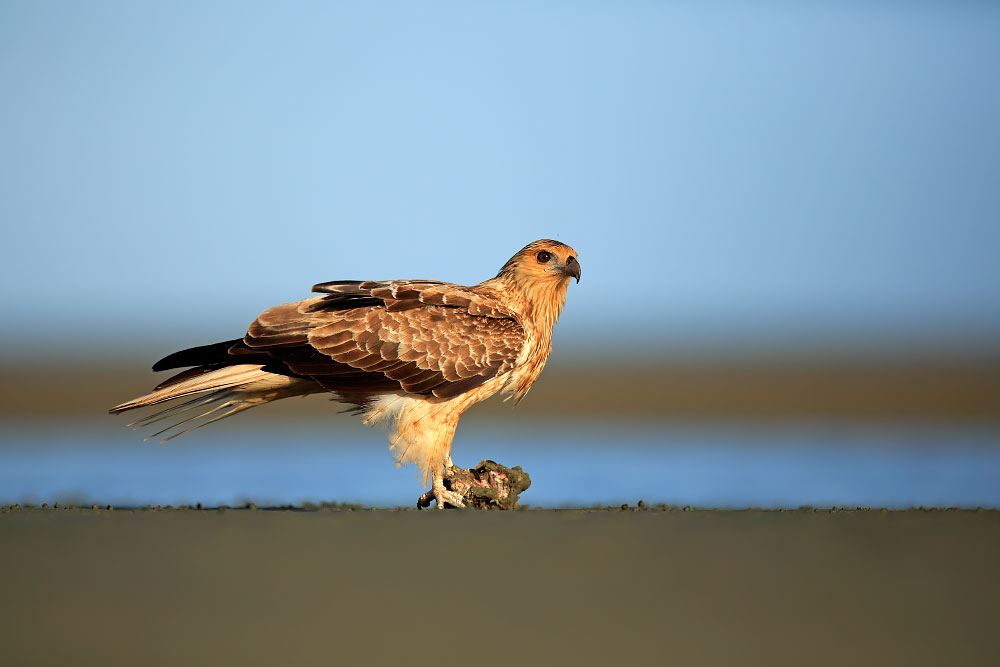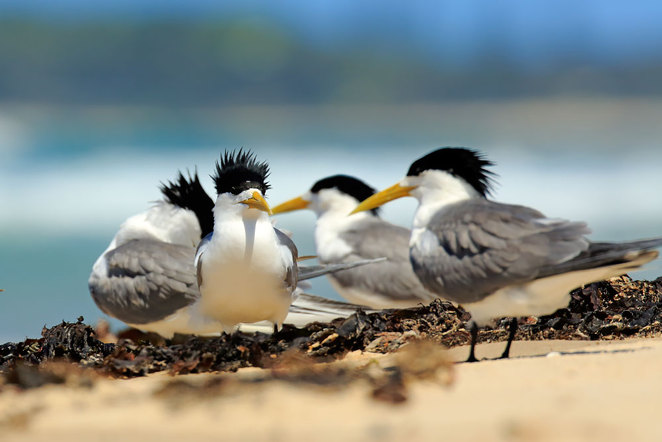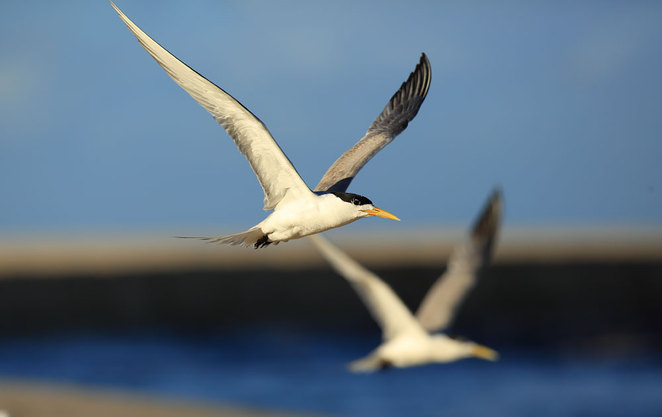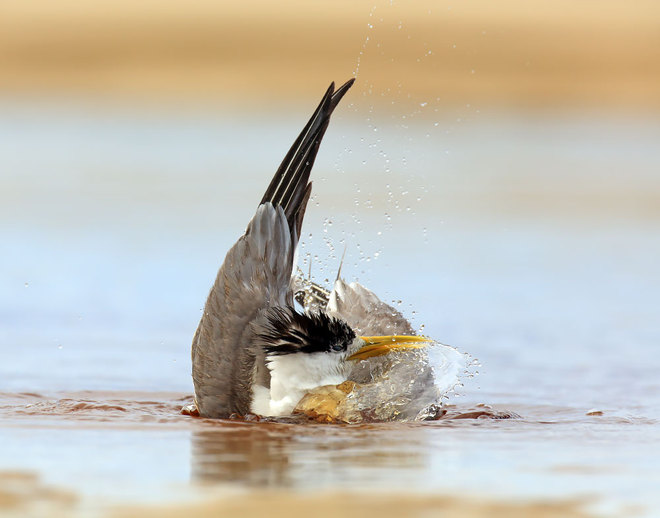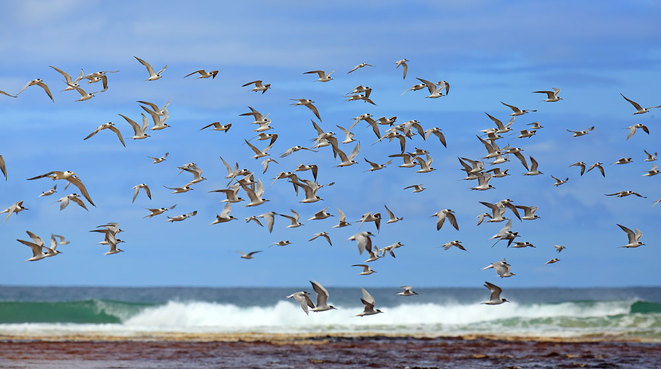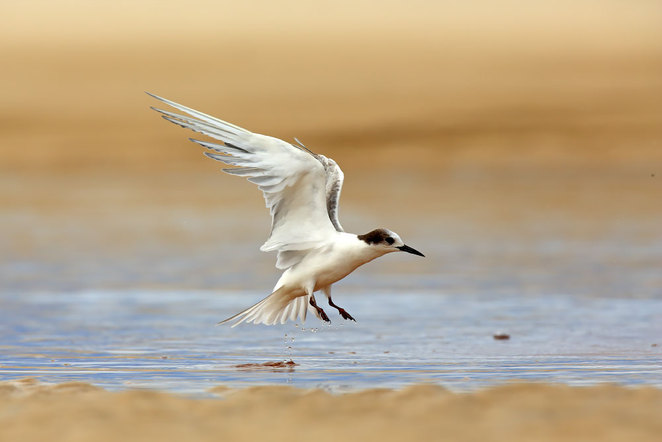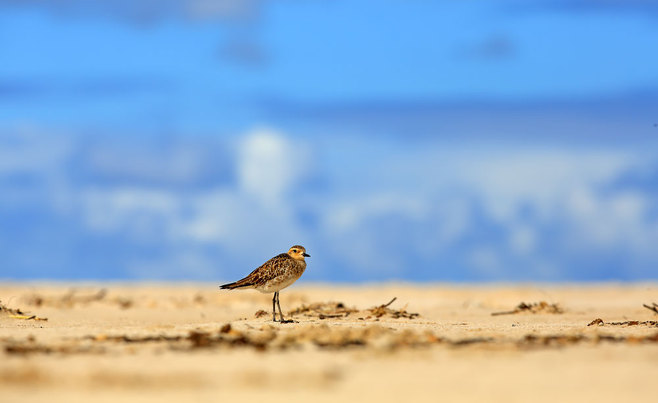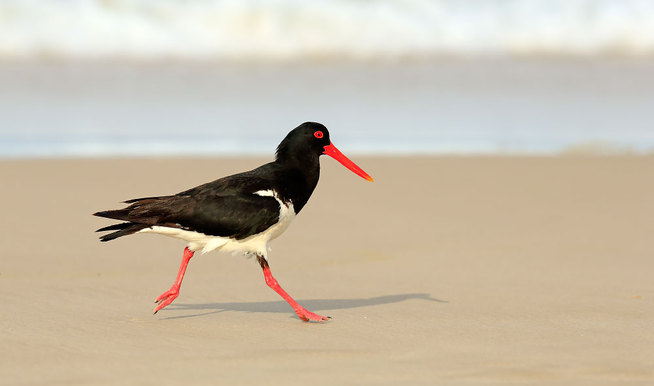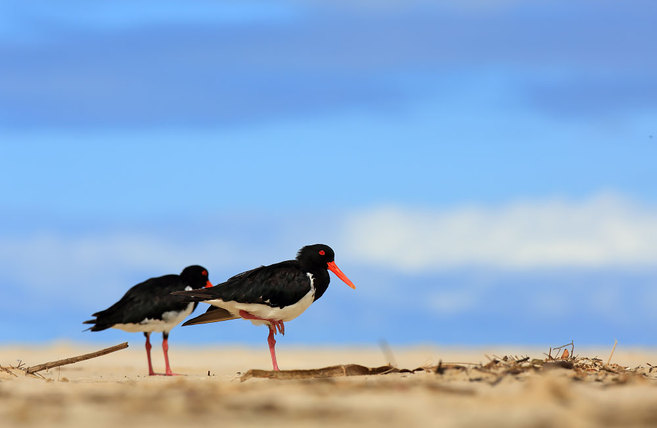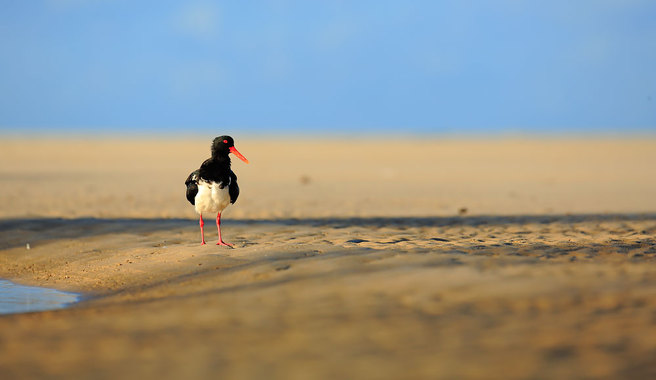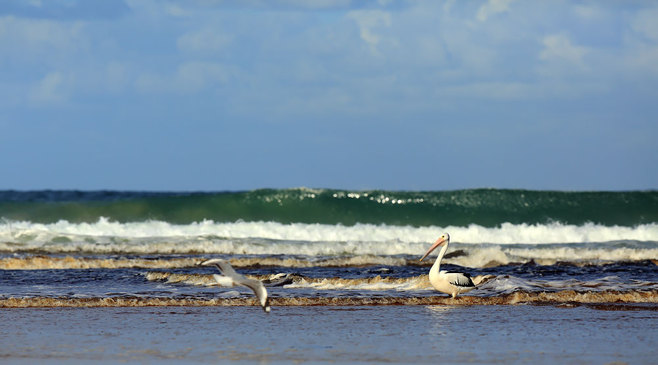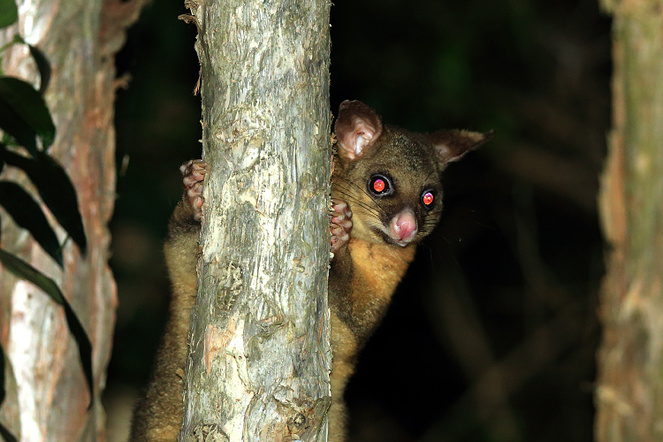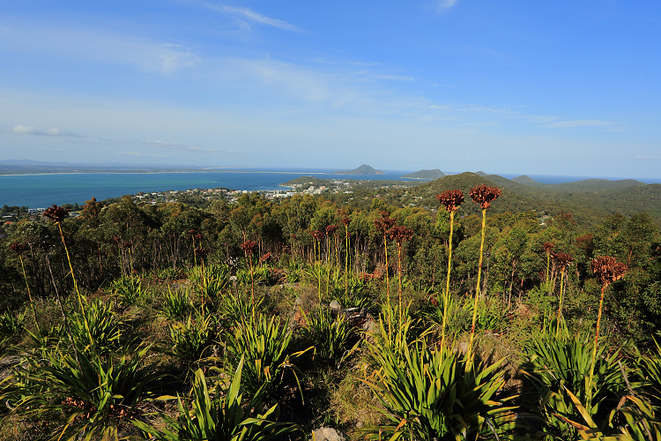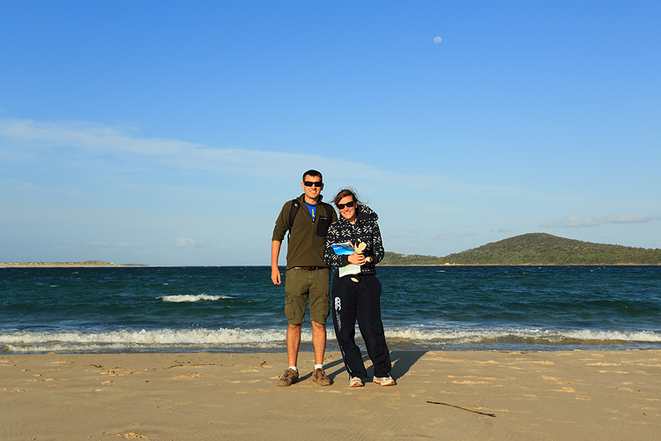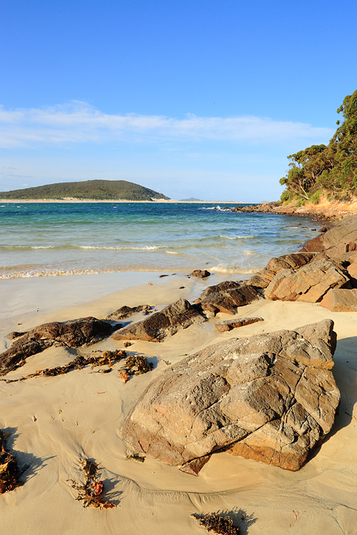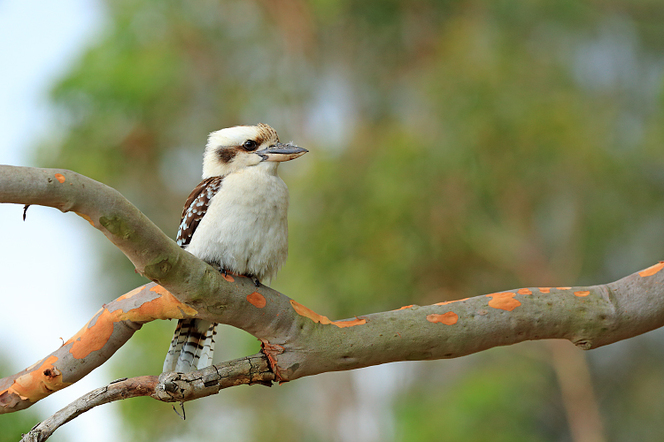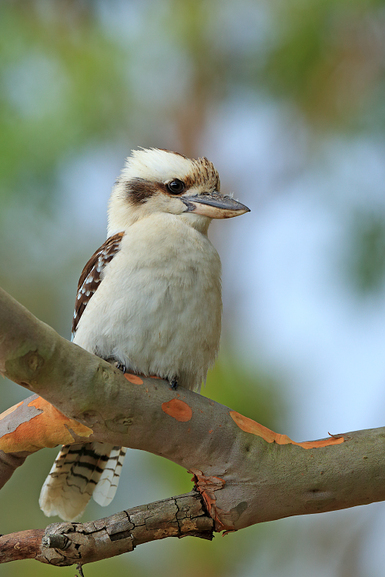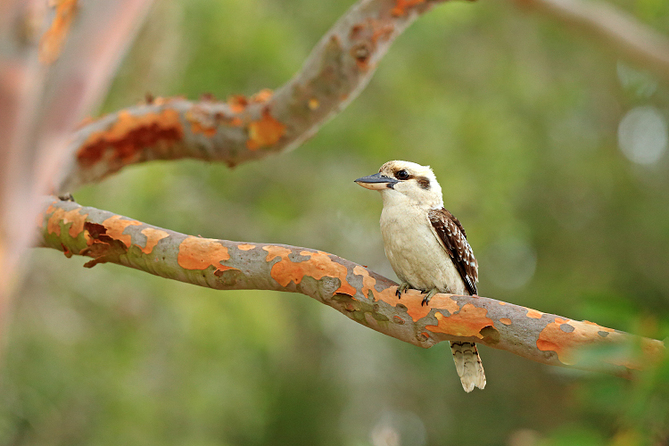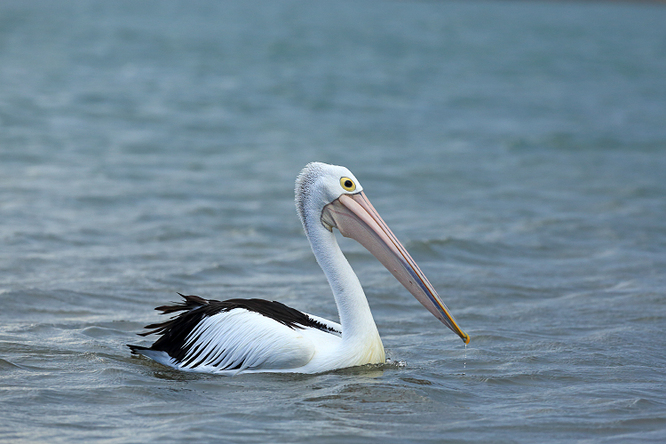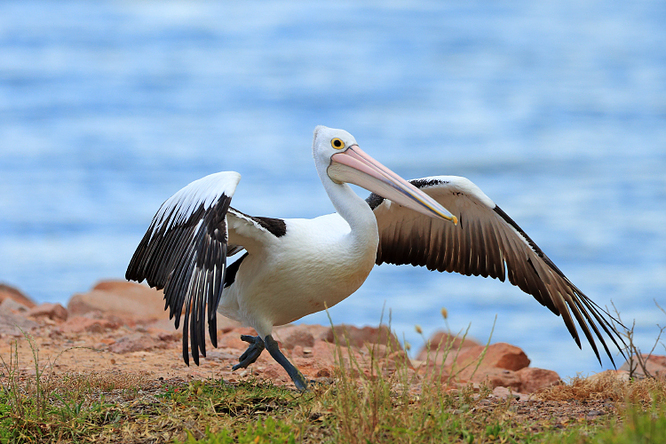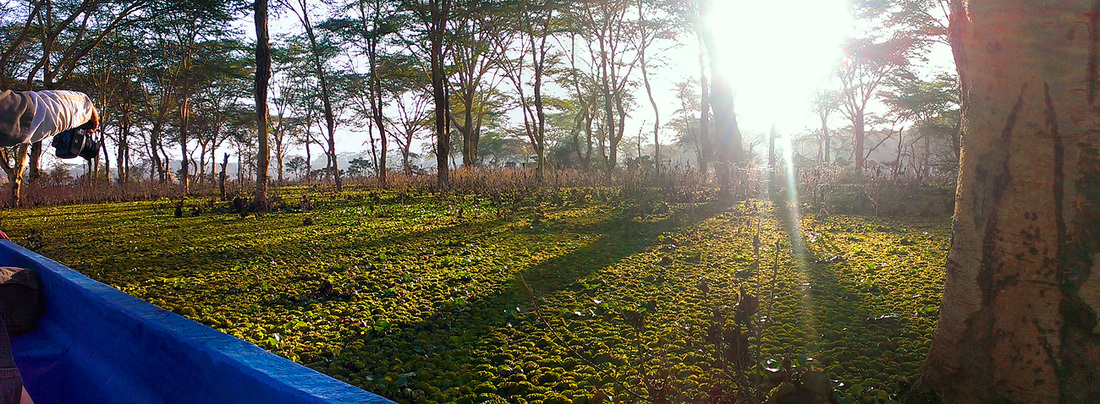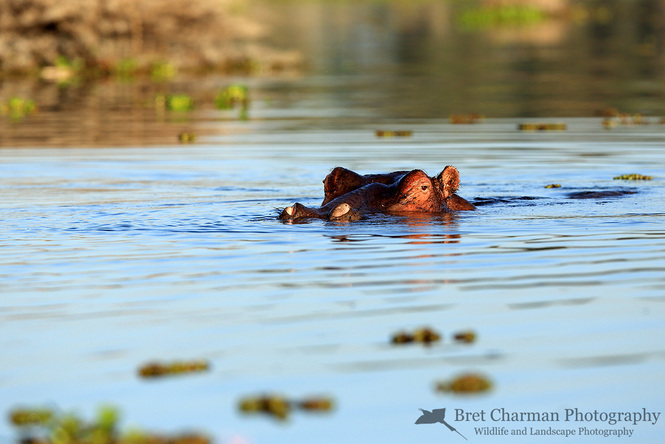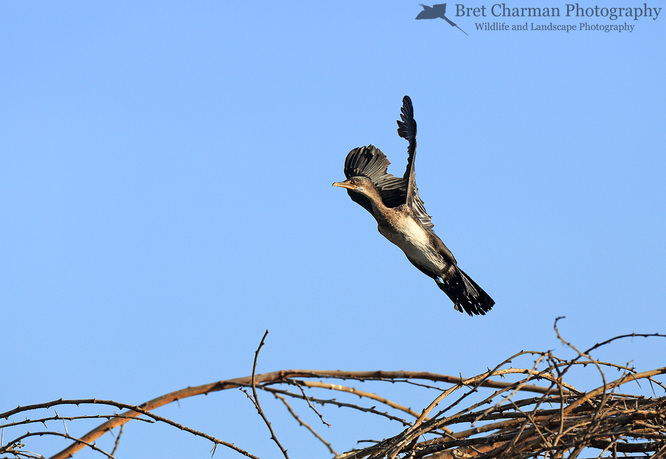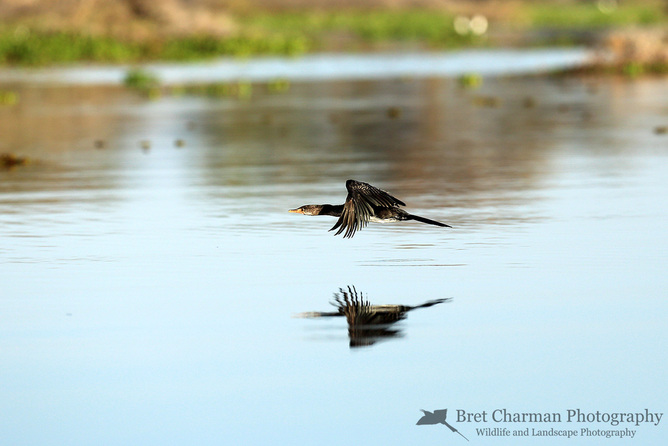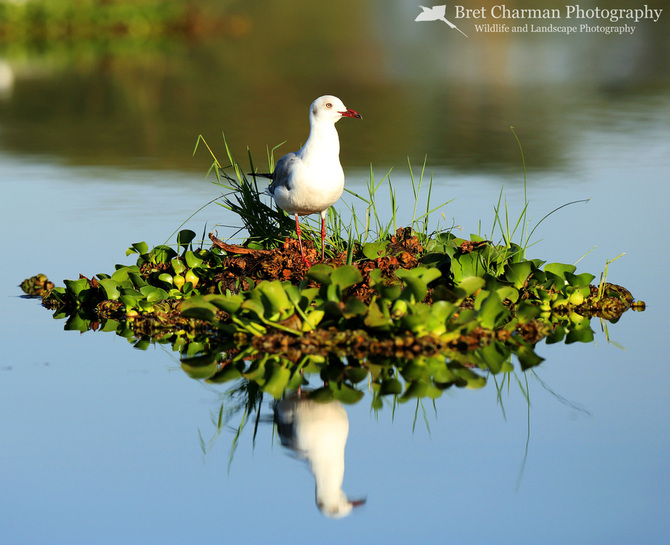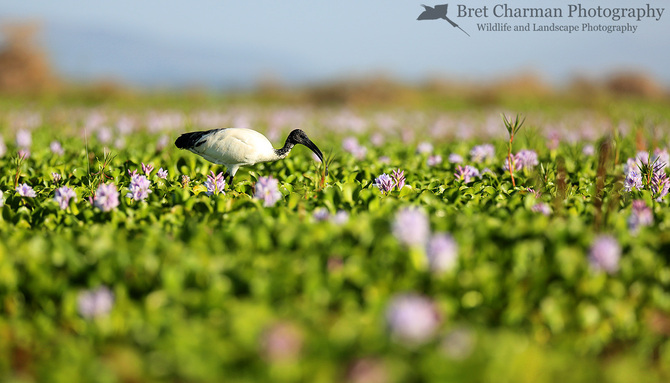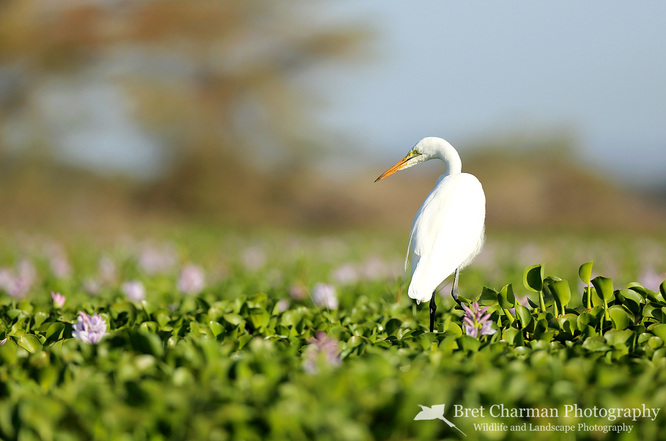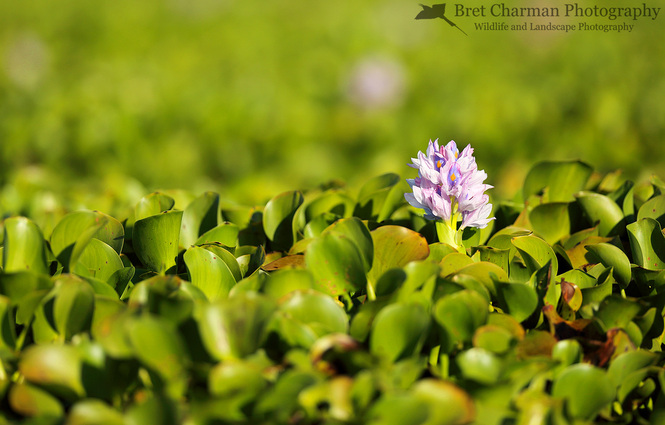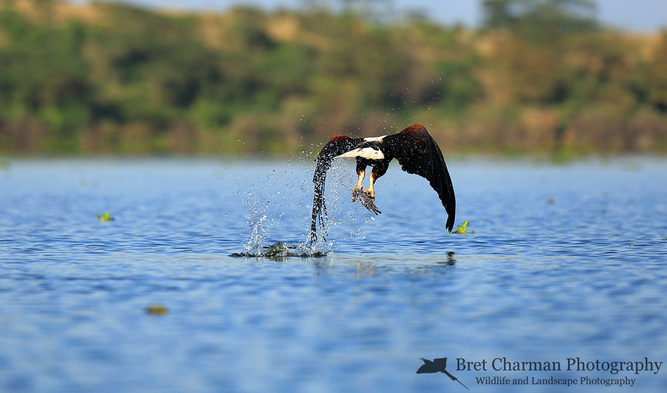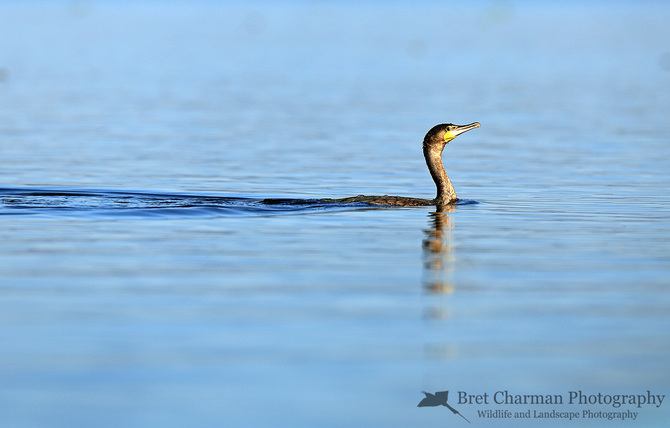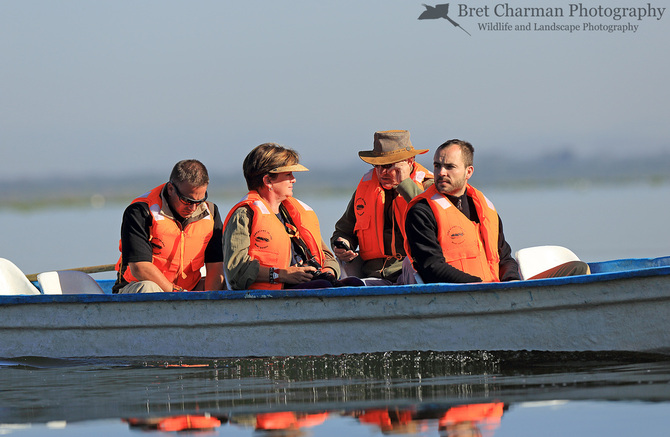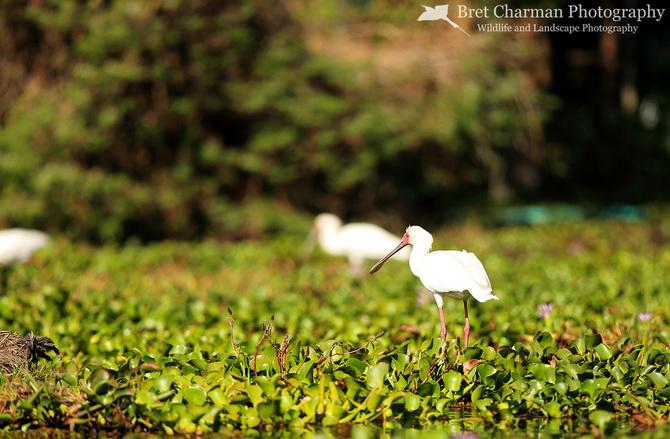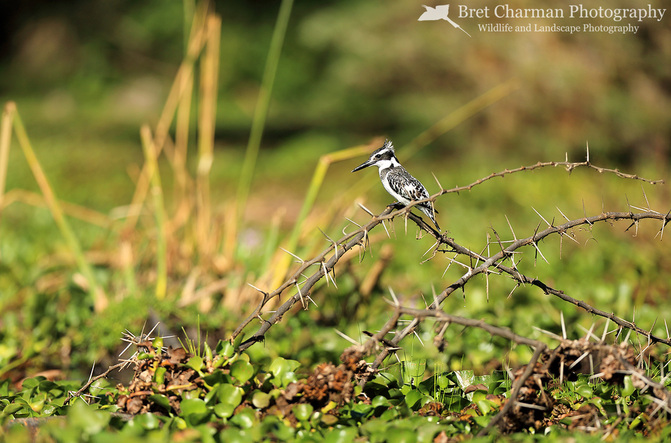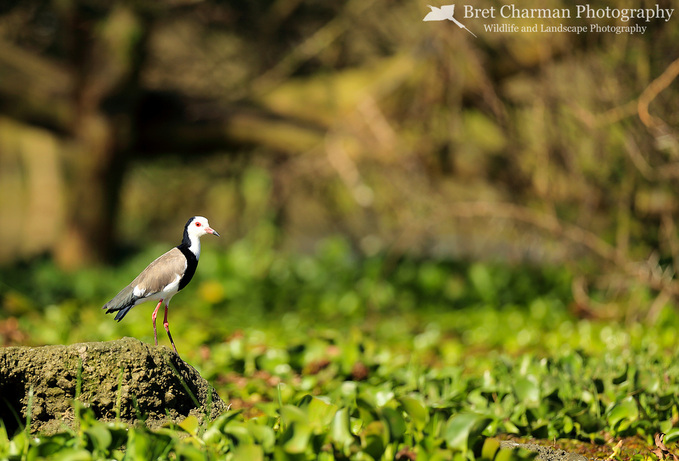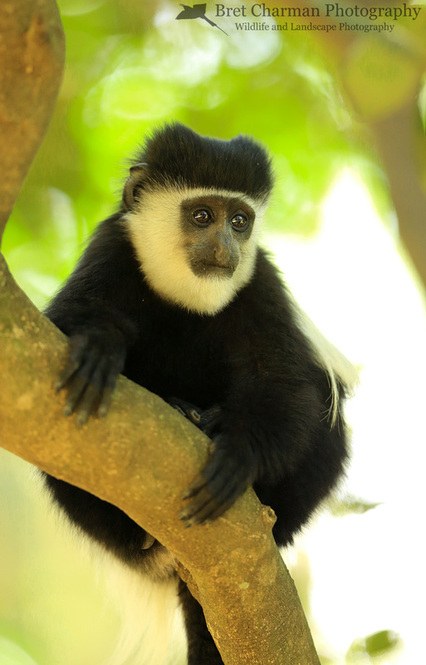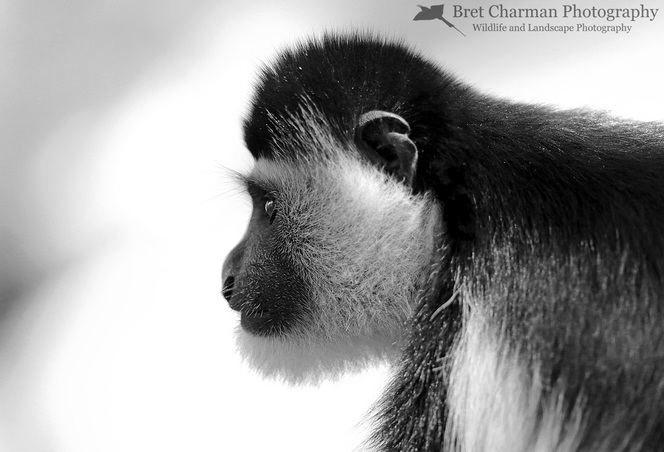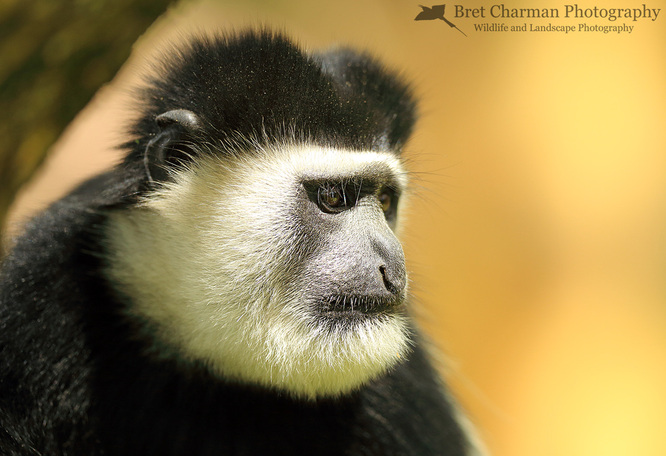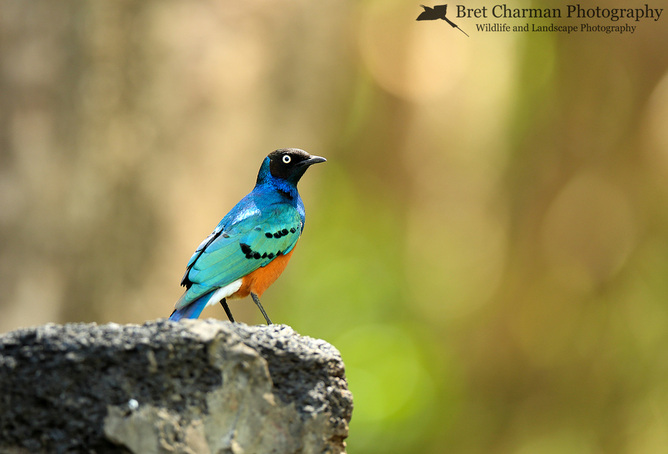|
Back in September I went on a trip for Wildlife Worldwide to Romania’s Danube Delta (for the first time). I had heard great things about Europe’s largest river delta and knew whatever happened, I would experience somewhere completely different to anywhere I had been before. I stayed at the purpose-built property known as Ultimate Frontiera. Specially designed for wildlife photographers , the purpose-built hides are spread across the estate and provide the opportunities to photography a myriad of different species. On my first morning in the hides I was hoping to photograph the pygmy cormorant, an elusive and rarely seen species. I did get a couple of shots of pygmy cormorant, but it was a common kingfisher that proved to be a real delight, posing perfectly in front of the hide only a few metres away. I have tried photographing kingfishers in the UK and never had any luck, whether it be from purpose-built hides or sitting patiently on a river bank. So, finally, to be rewarded with shots like this was a real treat. It wasn’t just kingfishers that proved to be particularly cooperative, we were treated to some great views of little owl, a wide variety of small woodland passerines, squacco heron and great white pelicans. We were even luckier in the fact we got to see a solitary Dalmatian pelican, of which there are fewer than 2,000 left in the world. It also proved to be a particularly reliable place to photography golden jackal, which are moving further west into Europe each year.
It was a great place for anyone with a passion for bird photography, and I can only imagine that during the spring it is full of life. I highly recommend you join Wildlife Worldwide in May to get your very own Romanian bird photography fix. I hope you like the pictures – and don’t forget to head off to Romania and see it for yourself!
2 Comments
I have now been travelling around Australia for 7 months, it has been an incredible experience so far. I have loved every moment of it both photographically and just from a life experience point of view. I just hope you have enjoyed the seeing the images as much as I enjoyed taking them. I have been filling up my hard drives, working my camera to death and there is only another month to go now before we move on to Bali and then New Zealand. This final leg 'down under' is a long road trip, heading from the warm sub-tropical climes of Brisbane to the cold temperate coastline of southern Australia. Of course with a bit of semi-arid landscape in the middle just to add a bit of variety. Here are just a few photos from the first leg along the coastline of NSW before we headed inland through the ACT, Victoria and South Australia. Our first stop with wildlife was the small town of Urunga which is known for its boardwalk across a mangrove habitat to the beach. There is the usual local population of Australian Pelicans who are more than happy to pick up the scraps from the fisherman, they also posed superbly in the perfectly still water and I was blessed with a soft evening light. It all equated to a really artistic shot, very striking but really rather simple. I always remember what I was taught at school ... K.I.S.S (Keep It Simple Stupid) and it is often very apt. The mangroves were also home to a small breeding population of the Beach Stone-curlew which were surprisingly obliging on the photography front. The low light levels did make it pretty tricky to the get shots but the high ISO capabilities of the 5D Mark III helped no end. We also visited the nearby Dorrigo NP, famed for its spectacular stand of sub-tropical rainforest. It really is a landscape photographer's dream ... And back to the wildlife ... The Sooty Oystercatcher is a bird that I have been trying to find ever since I arrived in Australia, these stunning birds live on the rocky foreshore and can be pretty flighty. It wasn't until we visited the township of Iluka (close to Urunga) before I got my first sightings and they were superbly obliging. Bearing in mind that I only have a 300mm f2.8 lens, my reach is rather limited when it comes to bird photography but these were really compliant subjects! I spent over an hour sat on the volcanic rocks trying to capture them and feel I put together quite a collection. Above is just a small taster of the time I spent at Iluka. I was also accompanied by a White-faced Heron for much of the time. Whilst eating my lunch I also had a few cheeky Australian Magpies come and keep my company ... Our final stop on the first leg of our tour was Seal Rocks. All I can say for this tiny community is ... WOW! It is so peaceful, utterly beautiful and pretty much untouched. A truly special place on this stretch of Australia's coastline, just make sure you don't tell too many people about it! The lighthouse was the real start
Photographing birds is a speciality within the field of wildlife photography and it is a discipline which I am by no means an expert in. I specialise in photographing mammals, and that is what my equipment is focused towards, but every now and then I dabble in photographing our feathered friends. With a 300mm lens photographing any species of bird can be a challenge but sometimes it is important to broaden your horizons and go out of your comfort zone. So in Beachmere, Queensland I did just that. Rainbow Lorikeets are one of the most colourful and common birds throughout Australia, they make superb photography subjects and I did my best to do them justice. Here are just a couple of images from lorikeets around the house we were staying in ... It wasn't just the lorikeets that made great subjects around the area there always Blue-faced Honeyeaters around too. There was also a number of pairs of the superbly named, Willie Wagtail. These charismatic little birds were tricky to photograph due to their small stature and speedy movements. Australian Pelicans are the giants of the sky around Beachmere, with their powerful long wings they cruise overhead or skim across the water before settling and searching for the fish they feed on. They are incredibly accomplished on the water too, more than happy to move silently across the water with their submerged feet paddling away. Wading birds are incredibly common across Moreton Bay, which Beachmere is central to. Eastern Curlews are fabulous but incredibly shy and with a 300mm lens I sadly wasn't able to photograph them. However Masked Lapwings and Bar-tailed Godwit were also common and a little easier to approach. It wasn't until the last day that I cracked the technique to photograph them at so close distances so I only managed a few shots as the tide receded. Lastly, and for me most spectacularly, I had incredibly close encounter. Sitting in the house one day I received a shout from my girlfriend that a large bird flew over her, she had been sunbathing on the beach at the bottom of the garden. I rushed out with my camera to see if I could spot whatever it was that had flown over. At first, it seemed as if the vast mudflats were empty, there was nothing in sight. After a minute or two I decided to head back in to the house, retreating from the blistering Australian sun, but at that moment I noticed a brown shape moving on one of the exposed pieces of mud. Looking through my lens, I instantly realised I had been too hasty and my girlfriend was right. I knew it was a bird of prey but without my binoculars I couldn't tell what. There was only one thing for it, to start crawling through the mud and the shallow pools and get closer.
As I got down to the high tide mark, I noticed that the bird was standing atop of an object but it was too far away to see what it was. I kept on shuffling closer, ever closer until I was within perhaps 25 metres. I thought that the bird must leave the mud as I started to make my way through a pool of water. It continued to feed, seemingly unconcerned by my presence with just the occasional glance in my direction. It seemed to realise I meant it no harm, and with my low profile I can't have looked much like a person. It was now that I could see it in incredibly clarity, the setting sun had turned the bird's plumage a beautiful golden-brown and the eyes positively glowed. It was a magical experience, an encounter with a raptor like no other I had ever had. I spent over an hour watching and photographing, all the while the bird was completely relaxed. It was only when the food item had been stripped clean (seemingly a bone that had been left high and dry with the falling tide) that it flew off down the beach. What was it I hear you ask ... a Whistling Kite of course! Having returned back to Byron Bay, I was fortunate to spend some time with the amazing bird life found along the golden beaches. It is amazing to watch how different people react around the wildlife that surrounds them. Some people truly astonish me, they would tell their children to chase after the groups of Crested and Little Terns, others would send their dogs off after them and a few would just walk at them showing a complete and utter disregard for their natural surroundings and the wildlife within it. I understand that some people are not interested in wildlife but surely they should learn that they must respect it? Anyway, I was privileged to spend some quality time watching the amazing bird life, particularly the two species of tern. The extra cast members included the Australian Pelican, Pacific Golden Plover and Pied Oystercatcher. Firstly, let's start with the terns ... The Pacific Golden Plover is incredibly hard to get close to without disturbing so I always made sure that I kept my distance, this did mean it was much harder to get a quality image but I did what I could. The lovely warm, evening light certainly helped and the beautiful blue sky really helped provide a striking backdrop. It was incredibly important that I kept as low a profile as possible throughout my time with the birds, if I stood up at anytime I would have scared off the individuals. I primarily kept myself in the prone position and generally got pretty mucky or sandy in the process. Generally, you have to get dirty or suffer in some way to get a shot worth keeping. The Pied Oystercatchers were my favourite of the shorebirds and I never tired of photographing them. Lastly but certainly not least, the Australian Pelican. A leviathan of bird world, the pelican is pretty impressive but the surf certainly made it look small on this day.
After a couple of days in the chilly, but ever so beautiful, Blue Mountains we had to start heading north and on to the coastal region of Port Stephens. We stayed slightly off of the coast but our campsite was great for the local wildlife more than the site itself. On the first night we heard an almighty crash in the trees and when we shone our torches, we saw a pair of glowing red eyes! Here is what we saw ... I realise that Possums aren't rare and are relatively easy to spot at night in Australian towns but still ... to get so close to a wild animal and get a shot like this was pretty phenomenal, especially as we were in the bush. We did go out beforehand, including a brief visit to Gan Gan lookout (aptly named after Vic's Grandmother). We also had a walk along one of the beaches and really tried to make the most of the gorgeous evening sun. We had a full day in Port Stephens the next day and after a spot of sunbathing on One Mile Beach we decided to have a look around and see if we could spot any Koalas. Wherever you go in Port Stephens it mentions Koalas, the advice to spot one ... just look up! We looked up but couldn't see one (well Vic spotted one whilst I was driving but I didn't manage to see it). So instead we went to Soldier's Point and came across a family of Kookaburras and a group of Pelicans! So after couple of days exploring another small part of Australia's east coast we had to move on to our next stop, Port Macquarie.
After an extremely comfortable night in the luxury of the lodge, we awoke bright and early to head out onto Lake Naivasha. We left a little later than planned and eventually we got out in the boats. Our primary target would be the African Fish Eagles and the other birdlife that frequents this incredibly picturesque spot! In fact if you are keen on your birds then this is the place to go. Lake Naivasha and the surrounding area is home to over 350 species of bird and quite a variety of mammals too. Amazing to think, as there is also a thriving flower growing industry around the lake too! So we headed out, making our way through the acres of Water Hyacinth, and almost instantly came across some Hippo. It wasn't long before the different species of Cormorant came into view, as well as several types of Egret. We had to wait a little while for the Fish Eagles but eventually we were treated to the silent and extremely elegant sight of them plucking a fish from the water's surface. Admittedly these fish had been thrown by our helmsmen and the eagles never truly cooperated, always deciding to catch the fish facing away from us. None the less this is an amazing sighting and well worth the effort involved. This is actually the second time I have been to lake Naivasha and I am sure it is not the last time I will pay a visit. What an amazing morning it was out on the boat, there was never a dull moment and always plenty of photographic opportunities. It really was a fantastic couple of hours, the bird photography here (as you can probably see) really is top notch and I think if we got out on the water a little earlier, we could have captured some amazing Fish Eagle photographs too. This was such a contrast to the Maasai Mara, with a very different focus, and it really was a great way to break up the journey between the two National Parks. Before we left Sopa Lodge, we had a great Colobus Monkey photography session. The Colobus Monkeys decided to pose nicely for us in the trees, right by the lodge entrance and we of course were happy to photograph them! After a short spell with some of the specatular Superb Starlings and the monkeys too, it was time to head off and make our way to the foot of Mt. Kilimanjaro and Kenya's stunning Amboseli NP. This might have been around the time that I had a little incident. Whilst focusing on the monkeys and not really paying all that attention to my surroundings, I might have fallen down a small drainage ditch. In the process I managed to fall over in a rather comical manner, ensuring at all times that the camera was safe and sound above my head. I did however manage to rip my toenail off and had to spend the next 10 minutes bandaging myself up. All is well now though, for any of those concerned ;) Again, thanks must go to Wild Eye for organising another fantastic day. The photographic opportunities, as ever, were absolutely superb and our photographic tour leaders Gerry and Andrew were great. Some great driving by Joseph ensured that we made it safely to Amboseli, after an interesting drive around Nairobi and out to the East then onwards, back down towards the Tanzanian border.
I would also like to dedicate this to an old school friend, David Griffiths, who sadly passed away last week. He was planning on running the London Marathon next month. If any of you could donate a small amount of money and help him reach his total that would be amazing: http://uk.virginmoneygiving.com/fundraiser-web/fundraiser/showFundraiserProfilePage.action?userUrl=Griff2013. |
AuthorBret Charman Archives
July 2024
Categories
All
|

